Moonpreneur
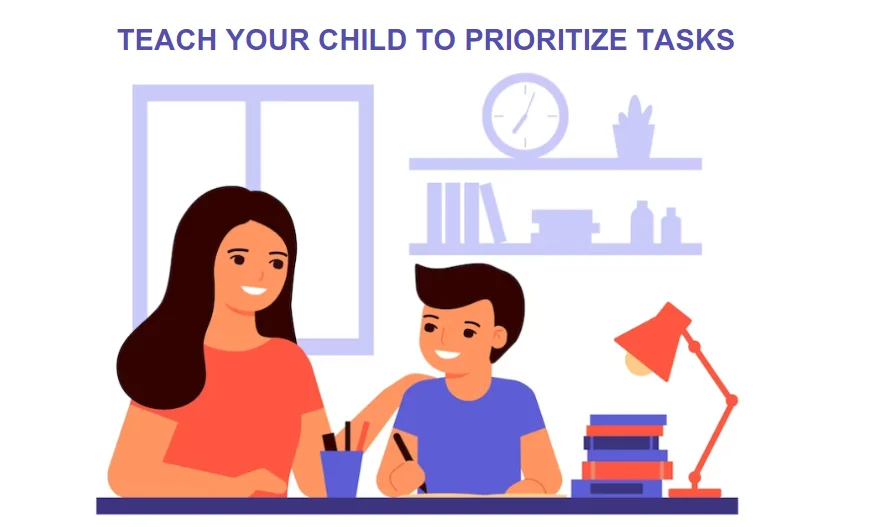
Update: This article was last updated on 10th December 2023 to reflect the accuracy and up-to-date information on the page.
Streamlining priorities is an essential leadership trait that helps in being on top of things and comes in handy in successfully dealing with challenging situations.
In the corporate sectors, managers follow the 4 Ds of time management, which was first mentioned in the book, The Power of Focus, written by Jack Canfield, Mark Victor Hansen, and Les Hewitt. They proposed the 4Ds – Delete, Delegate, Defer and Do – to separate fake-urgent tasks from important ones to regain time control.
Task prioritization and time management are interconnected and people who master the art enjoy the lifelong benefits. It enhances efficiency and gives them the power to decide how they spend their time.
The lesson on how to prioritize tasks should start early in life because it upskills children early and they learn to set goals, focus, organize, prioritize, etc.
The first step in managing time is determining how you spend your time; prioritization techniques are key in planning.
Here are ten practical ways to teach your child to prioritize tasks
1) Write it Down
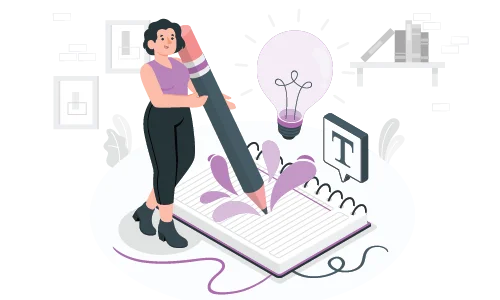
Listing tasks is the first step toward learning prioritization techniques. Encourage children to prepare a list of the tasks at hand.
Everything from school assignments to playing should be listed. Must remember, that everything should be mentioned in a single task list.
Once all the tasks are in front of their eyes, they can easily decide which task needs their immediate attention, which can be deferred, and which can be deleted.
2) Urgent vs Important
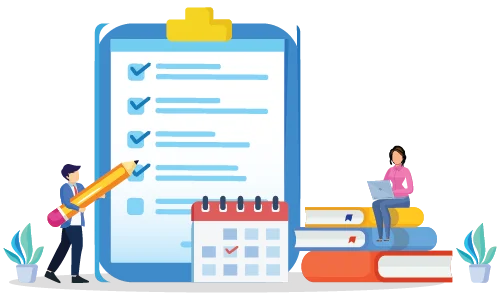
This one is tricky but crucial too. Both need attention but which one should be attended to first is the key.
So, start with a task that is both urgent and important. A child should understand that tasks tagged as both urgent and important should come under high priority and should be done immediately.
For example, if the child has a deadline to submit an assignment the next day, they should do it first. Just remember an urgent task is bound by deadlines. If the task is not urgent but important, that means there is a breathing space to strategize. Such tasks should be placed second on the list.
Some tasks are neither urgent nor important: You can either remove them, schedule them for later, or even delegate them.
3) Schedule Tasks

Once the children put the task list in place, and segregate important, urgent, and unimportant tasks, they should schedule it and follow the sequence.
One task at a time, not only saves time and energy but also speeds up the work.
4) Align Tasks with Goals
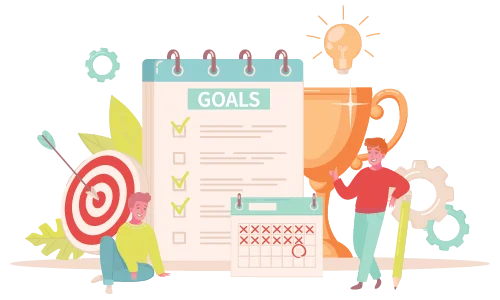
The ability to prioritize tasks helps in achieving long-term goals. For instance, a child’s long-term goal would be getting into an Ivy League college. A perfect resume should reflect academic excellence, passion, and extracurricular activities. Prioritization techniques teach time utilization.
It makes us work smartly and pack several activities in limited hours, which takes us closer to our goals.
5) Revisit and Update the To-do List Every Day
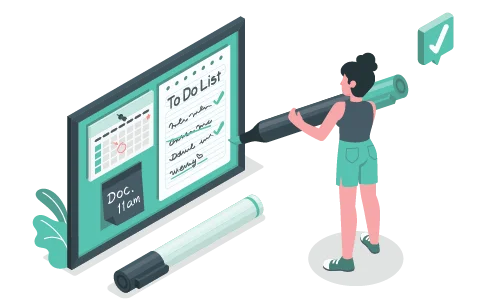
Tasks lists are not one-offs! You have to update them regularly. Inculcate this habit in your child. Ask them to start their day by checking the task list and updating it.
They should remove the completed tasks, add new tasks, and keep it clutter-free. Depending upon the urgency of the task, they should prioritize the work and follow it religiously.
This habit will ensure there are no pending jobs, no missed deadlines, and no guilt pangs. In the long run, this one small habit can play a key role in fueling their success.
Have more suggestions on how to help your child prioritize tasks? Leave your suggestions in the comments section below.
6) Play Chess

Chess, a strategic board game, is a powerful tool for teaching prioritization. It requires analytical thinking, planning, and decision-making, translating directly into valuable skills for task prioritization. The game emphasizes focusing on critical tasks first, providing a practical understanding of prioritization benefits.
7) Try Geocaching
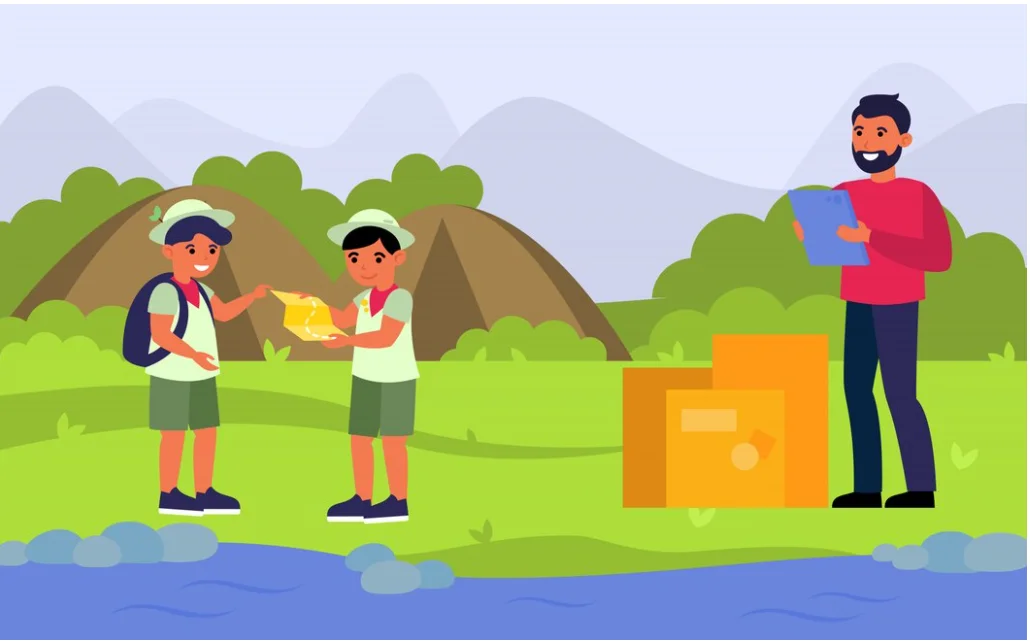
Geocaching, an outdoor GPS-based treasure hunt, offers an exciting way to teach prioritization. Participants use problem-solving skills to find hidden caches, showcasing the importance of prioritizing based on available clues.
It’s a metaphor for real-life task prioritization, emphasizing resource and information assessment.
8) Share Prioritization Struggles
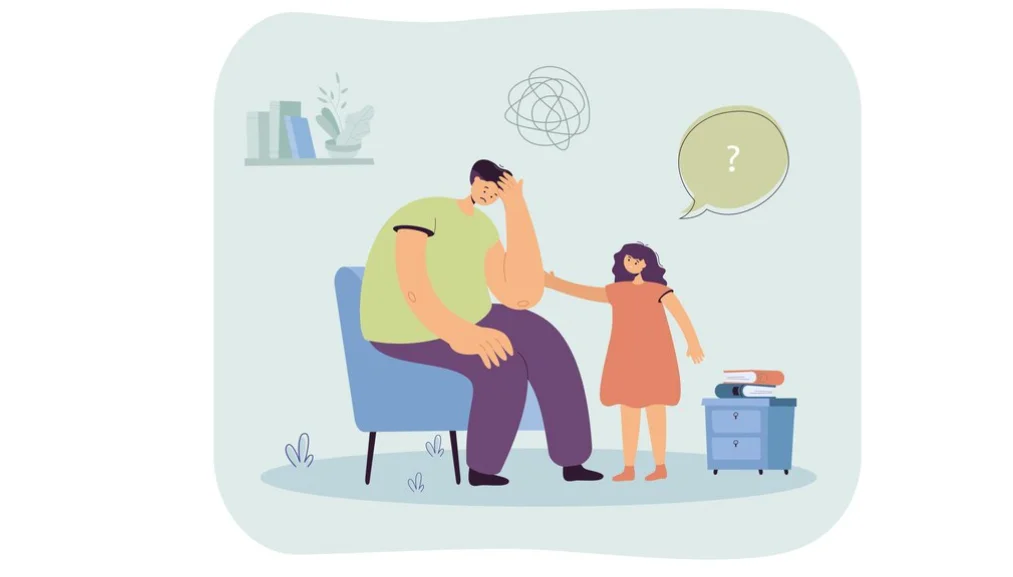
Admitting personal prioritization struggles creates relatability. Sharing experiences, including challenges, mistakes, and lessons learned, normalizes the learning curve. This openness fosters a supportive environment, emphasizing that improvement is an ongoing process.
9) Use Rewards
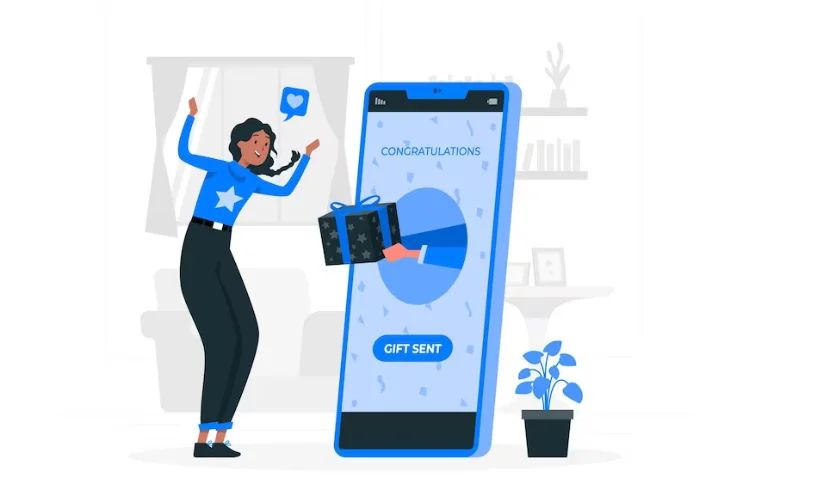
Implementing a reward system motivates effective task prioritization. By associating rewards with completed tasks, individuals find tangible incentives for prioritizing activities. This approach not only encourages prioritization but also makes the process enjoyable and fulfilling.
10) Cook or Bake Together

Cooking and baking become enjoyable lessons in prioritization. Select a recipe, list ingredients, and prioritize steps logically. This hands-on approach teaches prioritization and essential life skills simultaneously, promoting effective decision-making and multitasking.
Incorporating these practical activities into teaching prioritization enhances understanding and application, making the learning process engaging and impactful.
Time Management Tips Categorized by Age
| Age Group | Time Management Tips |
|---|---|
| Preschoolers (Ages 3-5) |
|
| Kindergarteners (Ages 5-7) |
|
| Elementary Schoolers (Ages 8-12) |
|
| Middle Schoolers (Ages 13-14) |
|
| High Schoolers (Ages 15-18) |
|
Preschoolers (Ages 3-5):

Introducing the idea of time and creating routines that give a sense of predictability are the main goals at this early period.
- Introduce the Concept of Time: To show how time passes during activities, use basic visual aids like egg or sand clocks. This gives young infants a concrete concept of time.
- Promote Routines: Set up regular times for activities such as putting on clothes, eating meals, and going to bed. By creating a regulated environment, routines aid in the development of children’s sense of time and anticipation.
- Teach Children to Clean Up: Assist kids with basic household tasks like setting the table or making their bed, and encourage them to put their toys away after play. This presents the idea of doing activities within a set amount of time.
Kindergarteners (Ages 5-7):
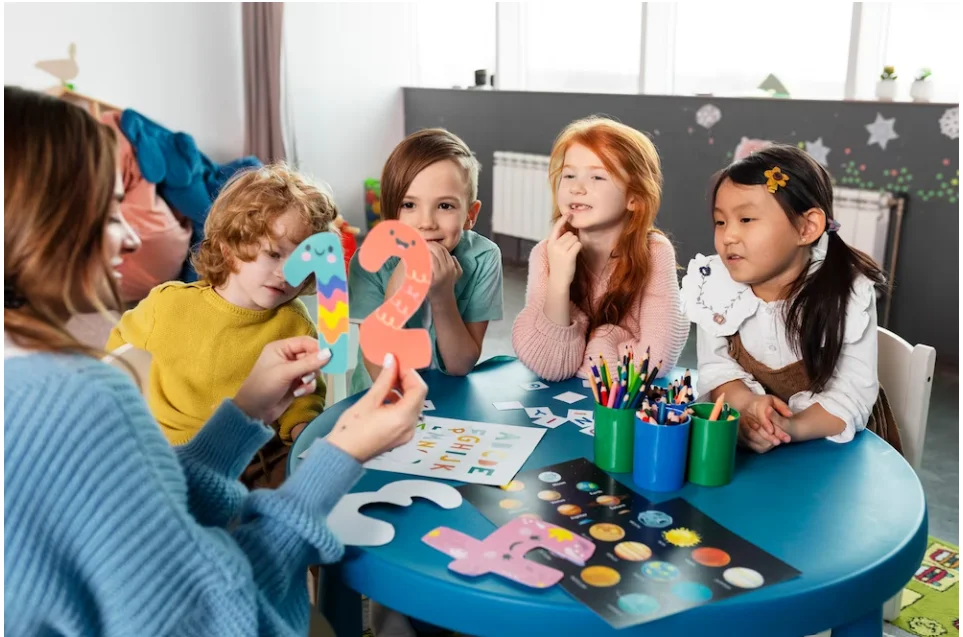
When kids get into kindergarten, they start to understand increasingly difficult ideas and can use extra time management techniques
- Make Use of Visual Aids: Use whiteboards or charts to help your youngster create a daily timetable. This gives them a picture of their day and makes the notion of time management easier for them to comprehend.
- Teach Children to Set Priorities: Assist kids in dividing up big jobs into smaller, easier-to-complete phases. This method helps individuals stay goal-focused and makes chores feel less overwhelming.
- Explain the Meaning of Deadlines: Tell kids that there are deadlines for chores, so they should schedule their time appropriately. Their early experience aids in their comprehension of the significance of time restrictions.
Elementary Schoolers (Ages 8-12):

- Teach Kids to Use a Planner: Help your kids choose an age-appropriate planner and demonstrate the process of scheduling appointments, assignments, and other commitments. This introduces the notion of planning ahead and making arrangements.
- Encourage Self-Reflection: Help children assess how they manage their time and identify areas where they may improve. As a result, they gain self-awareness and are motivated to manage their time.
- Encourage kids to Learn How to Manage Distractions: Help children learn how to minimize distractions by having them turn off their phones or work in a quiet area. This promotes concentration and job completion.
Middle Schoolers (Ages 13-14):

Middle school students have increasingly demanding schedules and responsibilities, therefore learning autonomous time management techniques is essential.
- Promote Independence: Let your kids have more freedom in how they spend their time. This enables kids to grow into responsible adults and make independent judgments about how to spend their time.
- Help Children Set objectives: Instruct kids on how to create SMART objectives, which stand for Specific, Measurable, Achievable, Relevant, and Time-bound. This aids in defining their goals and breaking them down into doable steps.
- Promote Time Tracking: Assist kids in keeping track of the amount of time they spend on various tasks to pinpoint areas in which they can work more effectively. They become more self-aware and motivated to manage their time better as a result.
High Schoolers (Ages 15-18):

High school helps kids become ready for college and the working world, therefore they need to learn more sophisticated time management skills.
- Talk About the Value of Time Management: Assist your child in realizing the role that effective time management will play in their academic, college, and professional lives. This offers a longer-term view of the advantages of efficient time management.
- Promote Self-Reliance: Teach your kids to be responsible for their time management and to ask for assistance when they need it. Independence and problem-solving abilities are developed, which is beneficial for future success.
- Aid Children in Making Future Plans: Teach your kids how to make plans for their future, including for a job or college. This entails deciding on priorities and time allocation using knowledge and establishing long-term goals.
Moonpreneur is on a mission to disrupt traditional education and future-proof the next generation with holistic learning solutions. Its Innovator Program is building tomorrow’s workforce by training students in AI/ML, Robotics, Coding, IoT, and Apps, enabling entrepreneurship through experiential learning.

























This blog is a stepping stone and useful for children to start off with effectively managing their time
This Blog lacks one of the most important techniques of time management i.e. Pomodoro and chunking with the help of which the task does not look like a huge mountain.
Do any useful tasks help strengthen the ability to prioritize tasks?
Get your kid involved in activities that involve making decisions and managing their time, like making a plan for the week, setting aside time for studying, and tidying up their stuff. Doing these hands-on activities helps reinforce the idea of prioritization.
How do I deal with my child’s resistance or procrastination?
Talk to them about the consequences of not doing things right away. Show them the benefits of doing things quickly and how it makes them feel better and more successful.
How can task prioritizing be taught using technology?
Start by introducing digital tools like a calendar app or task management app. Have your kid set reminders and set deadlines, teaching them how to use technology to keep things organized and on track.